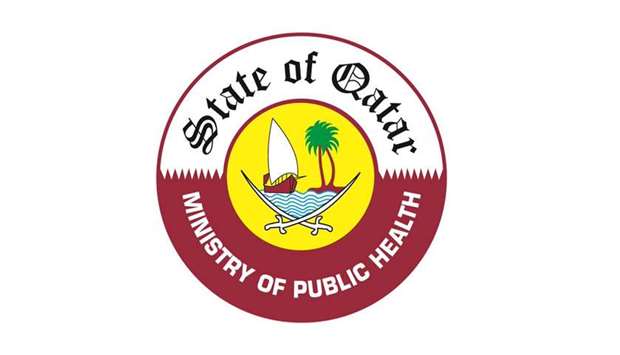
The Ministry of Public Health (MoPH) has recently announced cancer incidence data for the year 2016 as per the information published by Qatar National Cancer Registry (QNCR) of the MoPH National Cancer Programme.
These statistics are used to understand the burden of cancer, identify the resources needed to cope with the disease and measure the efficiency of preventive and curative services provided.
Data shows that a total of 1,566 new cancer cases were diagnosed in 2016, of which 21% were Qataris; 42% females and 58% males.
The most common cancer was breast, constituting 17 % of all cancer cases, followed by colorectal at 10%. The crude incidence was found to be 59.8 per 100,000 of the population.
Assistant Minister for Health Affairs Dr Salih al-Marri has underscored the importance of the data provided by QNCR as a vital source of information for policy and strategy makers.
He also highlighted the need to intensify efforts to understand the burden of disease as well as to continue measuring the efficiency and efficacy of public health programmes and initiatives such as the National Cancer Screening Programme.
The director of MoPH’s National Cancer Program (NCP) Catherine Gillespie has emphasised the importance of data in developing national plans and programmes and monitoring its performance, as well as the role of data in understanding and responding to patients’ needs.
QNCR Manager Amid Abu Hmaidan noted that since its establishment in 2014, the QNCR has been collecting inputs mandatorily from all public and private healthcare providers.
He noted that the QNCR has three databases: Cancer incidence, cancer screening, and cancer waiting times.
Abu-Hmaidan highlighted the latest cancer incidence statistics, saying that breast cancer was the most common cancer among Qataris with 20.66% of overall cases, followed by colorectal cancer with around 12 % of cancer incidence among Qataris.
For Qatari males, colorectal and prostate cancers were the most common with a little over 12% of overall cases, followed by leukaemia which reached 8%. For Qatari females, breast cancer was the most common at 35% of overall cancer incidence, followed by colorectal cancer with just over 12%, then thyroid cancer at 8%. Such rates are considered relatively low compared to other countries in the region, according to WHO estimates.
Amongst the paediatric population of the age range 0-14 of all nationalities, including Qataris, 42 new cancer cases were diagnosed during the year 2016, divided at 38% among Qataris and 62% among residents, and with 38% rate for females as opposed to 62% for males.
Leukaemia was the most common; it counted for 43% of all paediatric cancers, followed by brain cancer at 12%. Abu-Hmaidan noted that cancer incidence rate for 2016 has witnessed an increase of about 7% than in 2015, which is a normal outcome of the growing population and the improvement in QNCR systems.
As for cancer survival rates among Qataris, it has reached 89% for breast cancer, 69% for colorectal cancer, 67% for leukaemia, and 90% for thyroid cancer.
These high rates reflect the increasing therapeutic capacity of the health sector, along with with the need to highlight the importance of early cancer screening, which raises recovery and survival rates and reduces cancer burden for patients and their loved ones.
The 2016 data will be used as a reference point and baseline for evaluating the National Breast and Bowel Cancer Screening Programme, which was launched in the same year.
